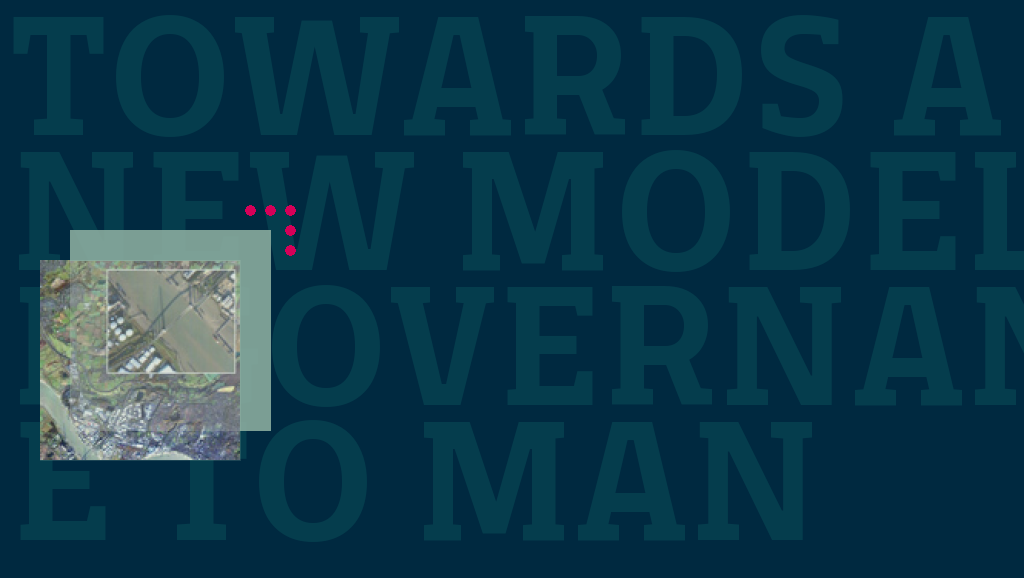The issues briefly sketched above lead us to discuss the risk and challenges for the creation digitally interoperable enterprise architecture between the public and the private sectors along three key ideas (or tensions) highly relevant to conceptualise the changes emerging within Global ICT Programmes. These are: a) the re-definition of organisational boundaries to allow for greater cross-organisational interaction in order to respond better to global risks (needing fast response, high reliability and speedy re-configuration) while balancing also the need of border security; b) the functionality that the networks constitutive of such global programmes will carry out in such a context; and finally c) the impact of their organisational and environmental characteristics to business functions and managerial processes.

Security is an important issue to understand both the relevance and the challenges associated with the realisation of Global ICT Programmes. The terrorist attacks in New York, Madrid and London had the effect of reducing the appeal of travelling for meetings unless strictly necessary and increased the use of humble new technologies (such as geographically dispersed intranets and video-conferencing facilities). Functionality, understood as the purposeful proof of identity prior to the accessing of secured systems, is seen as essential if not for identification – included in the aspect related to security – at the point of service delivery to proof both that personal attributes match the rights for which the an individual or organisation has been enrolled within the network.
Finally organisational and environmental characteristics can be explained by either competitive, control or exchange structures. Federated organisations may be described as competitive structures where negotiation and participation are the essential underlying characteristics. The state here is implicated in the construction of competitive boundaries, both on the national level (e.g. through international policies) and on the regional level. Concentric organisations may be described as being based on the effectiveness and efficiency in meeting explicit goals and therefore present for analysis a control structure.
Control is defined here broadly to encompass both control derived from formal ownership of the privileges of the mechanisms of hierarchy and control stemming from authority relations embedded in organizational structure that define those mechanisms. An exchange strategy refers here to managing resource interdependence between organizations and encompasses (a) the Design of technology which integrates security into business processes, which entails transacting with as many exchange partners as possible, thereby distributing dependence across many partners while minimising registry information and related functions and (b) relationship strengthening strategy, which implies continuously transacting with prior exchange partners, thereby forfeiting greater independence for the security inherent in a sustained, trustful relationship for the reproduction and development of markets and hierarchies.
Finally, the evaluation of what is produced by those networked arrangements and their knowledge assets, remains to date a contentious area of debate. This includes the assessment of the quality of information and data produced within the network, how well the benefits and risk have been shared between the various actors involved and how are these aspects audited, by whom and how often. Knowledge-based work, for instance, an important feature of today’s network society, threatens the authority of the “office” and creates tensions between hierarchical and knowledge-based organizational structures. On the other hand as the case of Linux shows in the context of the ‘open-source movement’ information about problems and solutions is shared widely, frequently, and in small increments.
Accounting for these differences remains central to develop a platform of communication which allows the creation, recreation and definition of standards that can facilitate cooperation and coordination across organisational boundaries. The network’s security and functionality as well as the existing and emergent organisational and environmental characteristics are important features of the deperimeteralisation of organisational functions and activities. Thus beyond an overt look on measurable organisational transactions, transcending disciplinary divisions across traditional organisations still remains an important element to consider while pondering how more effective transaction processes may be designed within digitally interoperable enterprise architectures. For instance, in response to natural calamities or disasters, which has been addressed here as one important pragmatic issue to face with the globalisation of risk.
This implies a responsibility towards a new programme of governance is needed to improve our understanding of the implications of new technologies on business processes, application systems, technical infrastructure, and organizational structure beyond the legal or contractual boundary of the organisation to bridge the gap between business and technical environments and policies that enable the creation of digitally interoperable enterprise architectures to tackle both the distributed environment necessary to work in multiple administrative domains.
The next part will outline the conclusions of this paper. In the meantime, if you have any questions or comments please do not hesitate to contact me at: navarra@fondazionebassetti.org
















